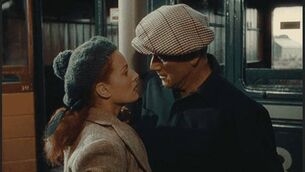Survival of the pheasant as shooting season opens

However, the pheasant-shooting season opened a couple of weeks ago and I haven’t seen him since. I did hear shots and it’s possible he’s been killed. It’s also possible he’s old and wise enough to lie low until things cool down. It may be lucky for pheasants that the shooting season opens the day after Halloween — the fireworks give them a little advance warning of what is to come.
Pheasants, of course, are not native Irish birds although they’re well naturalised all around the country and every year their numbers are augmented by birds reared on game farms and released by shooting people. They come from temperate parts of Asia, all across the continent from the Black Sea in the west to the Japanese archipelago in the east.














